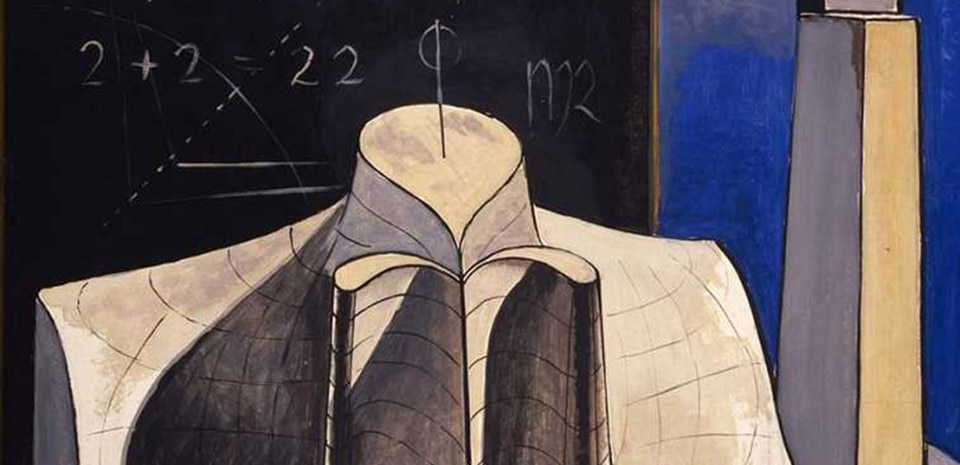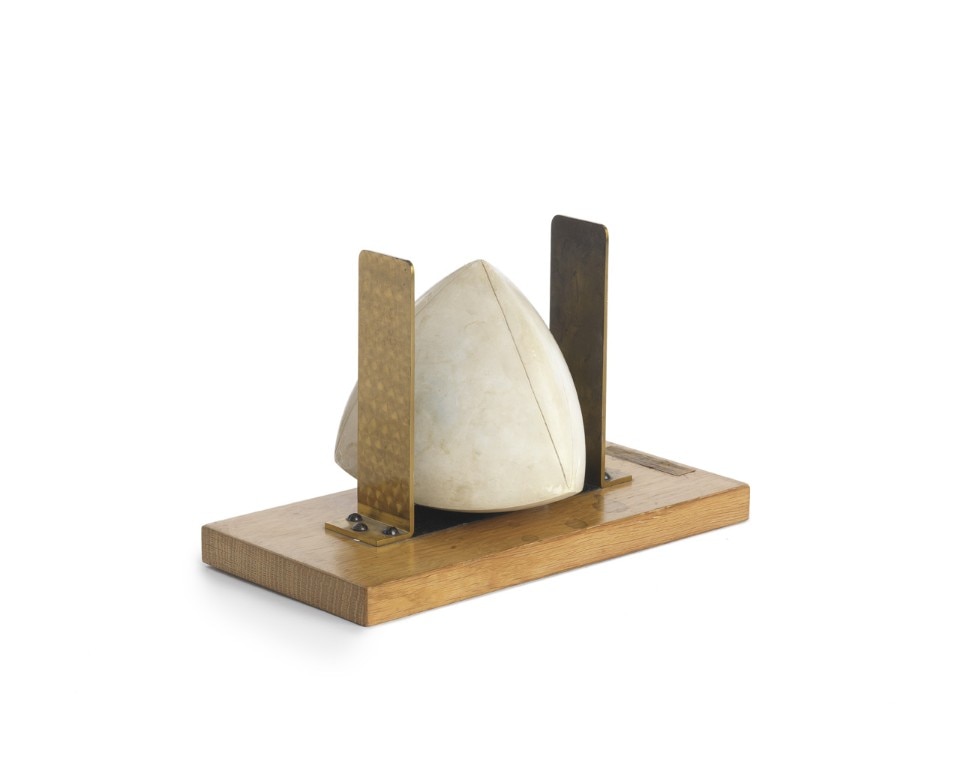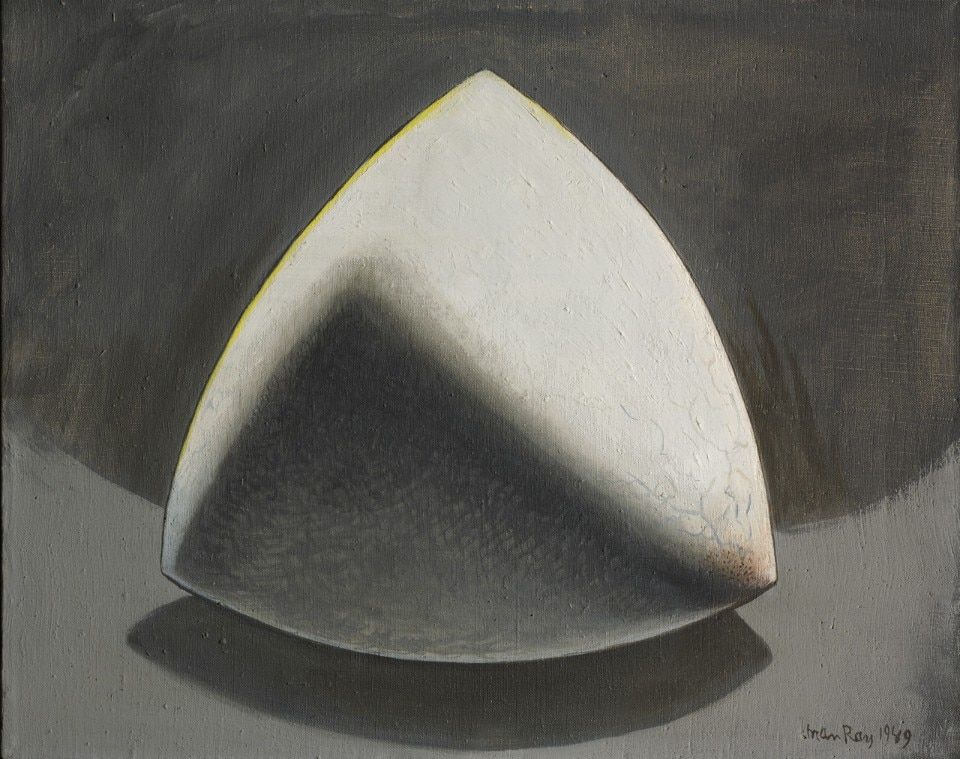
In 1934, Man Ray was a frequent visitor at the Institut Henri Poincaré in Paris. His objective there was to photograph the Institute’s collection of three-dimensional mathematical models, which were used to illustrate the geometric properties of mathematical equations. The result was a series of iconic photographs which, by means of dramatic lighting and daring compositions, made the enigmatic mathematical models seem almost human.
In the 1940s he returned to this process, using his photographs as the basis for a series of 20 paintings. In some of these paintings he depicted the mathematical models on their own, in bright, vibrant colours; in others he would insert the models in complicated Surrealist tableaux. Augmented by titles from Shakespeare’s famous plays, these paintings added yet another ambitious layer to Man Ray’s artistic journey, which took him back and forth between two extremes: mathematical abstraction and human drama.
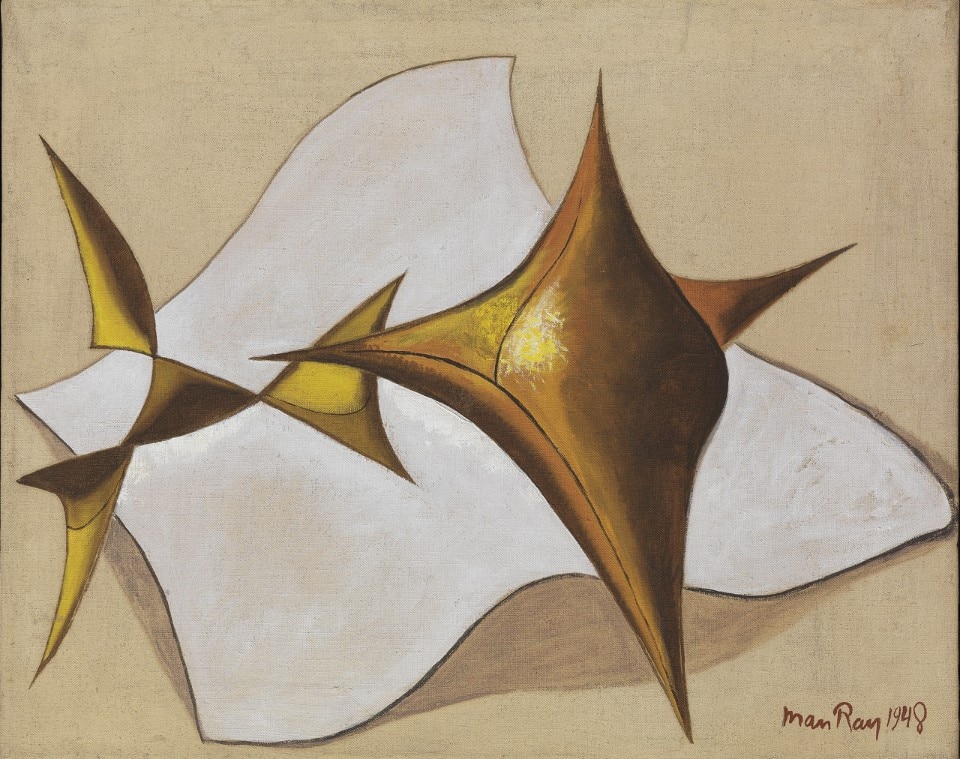
“Man Ray – Human Equations” is not arranged chronologically; instead, it follows a structure similar to that of three acts in a play. It shows the full artistic range and scope of Man Ray’s work, from his juvenilia to his late production, and three overarching themes focus on the material synergy between the works. 14 paintings from Shakespearean Equations series form the main axis of the show, providing a fundamental narrative about Man Ray’s fascination with universal enigmas.
The paintings, photographs, and original models – on loan from Institut Henri Poincaré – offer a meeting between artistic practice and mathematical puzzles, human bodies, and drama. The three acts present the three themes as interconnected circuits: constantly overlapping, transforming, and returning to themselves. Only to enter into new circuits all over again.
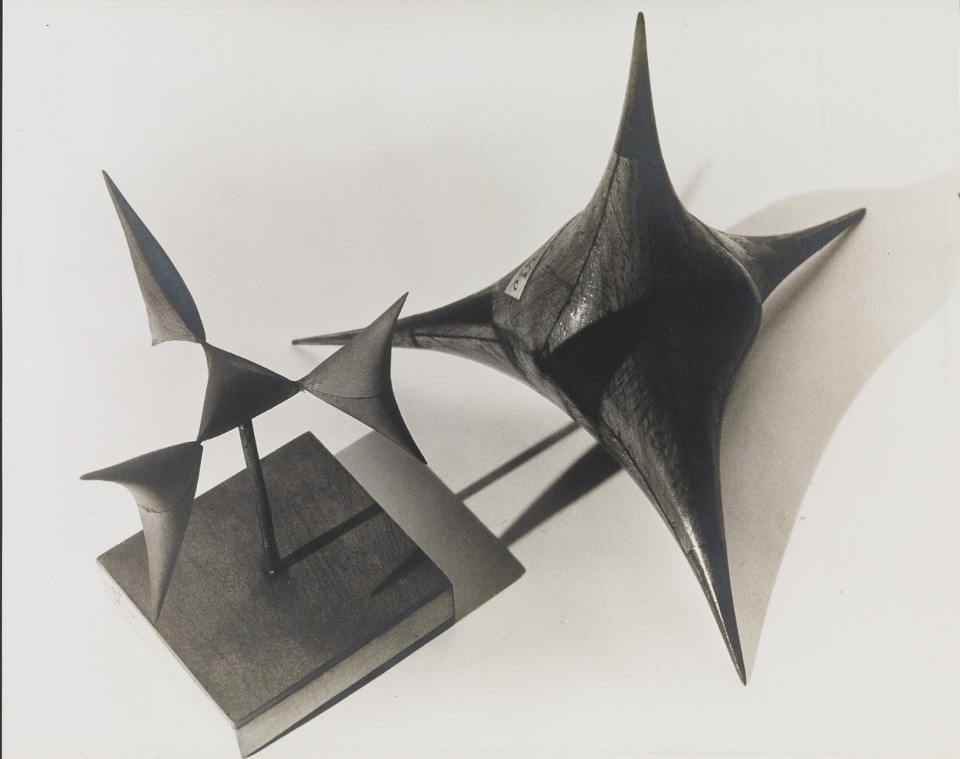
11 June – 20 September 2015
Man Ray – Human Equations: A Journey from Mathematics to Shakespeare
co-organizes by The Phillips Collection in Washington, D.C., and the Israel Museum in Jerusalem
The Glyptotek
Dantes Plads 7, Copenaghen


